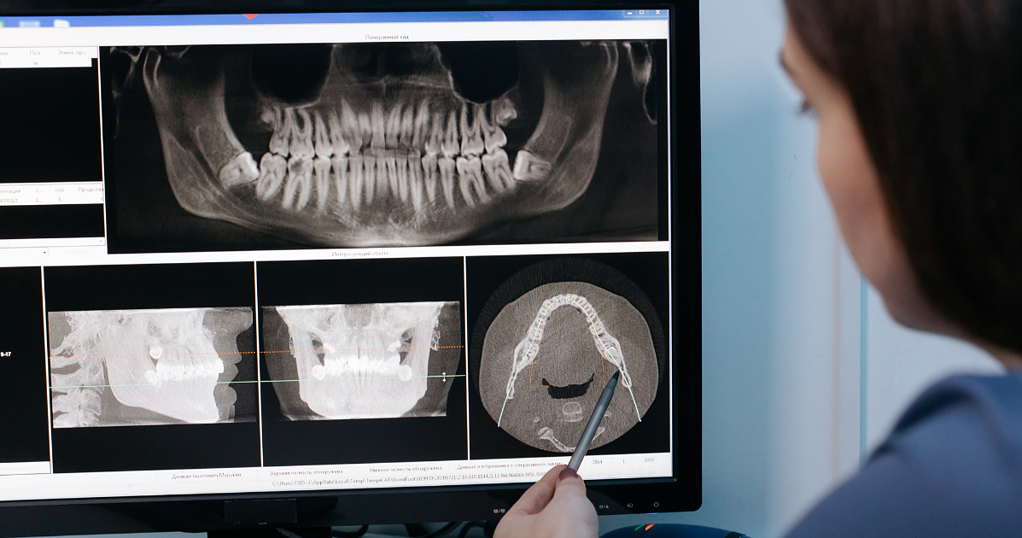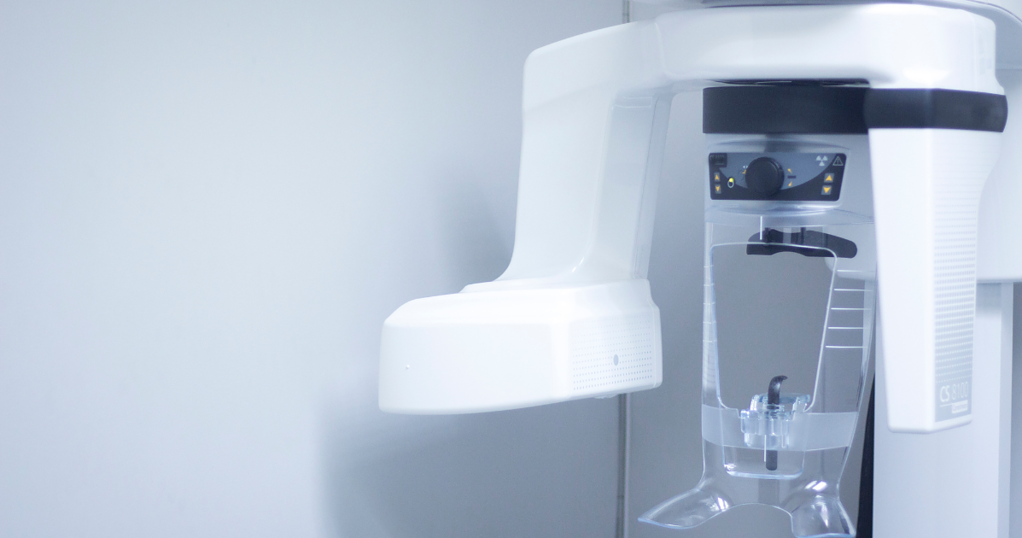Motivate Your Dental Team: 7 Proven Ways To Motivate & Inspire Your Dental Team Members and Ensure They Stay With You For Years
A motivated dental team will help you achieve your goals for success, not just the services you offer to your patients. But how do you motivate your dental team so they stay motivated consistently over the years? You consistently apply our motivational techniques. There are many advantages to having a motivated team, and these advantages will help you sleep better at night.
The value of team motivation in the hectic field of dentistry Patient satisfaction, productivity, and collaboration are critical and cannot be overemphasized. You’ll meet a plethora of distinct obstacles that need adaptation and ongoing education. But if you have a dysfunctional team, then say goodbye to your dreams. Literally!
How can one build and nurture a team that is always inspired and will help you create a consistent patient journey? Here are seven proven ways that will get that fire lit up in their bellies, which you want to start implementing now!
Set Goals To Push And Inspire Your Dental Practice
You push your team by setting clear goals that are actionable for everyone. The importance of a goal is that it gives the team a direction that everyone wants to work in. There could be a variety of targets, such as having more clients walk into your practice. This might be a goal you want to achieve in the next couple of months.
A very important structure to follow is a SMART structure. Make sure your goals are specific, measurable, achievable, relevant, and time-bound. An example of a goal that’s smart is to reduce patient wait times. An example of a smart goal would be to “reduce patient wait times by 3 minutes during peak seasons.” or, alternatively, steadily increase the number of patients served by 2% this year.
You can make any of your goals smart. You can even set clear goals for individuals if you feel that they should focus more on other things. A goal for your hygienist might be to increase the number of patients who receive preventative care advice.
While front desk staff might aim to improve the efficiency of appointment scheduling, Goals help you follow a plan that you have. When goals are set, many practices do not achieve them because they don’t track them. A visual tracking aid like charts or boards can help progress, which can be a massive motivating factor for a team.
If You Want To Motivate Your Team, Foster A Positive Working Environment
When there’s a positive work experience, there’s more room for growth and employee engagement. Engaged employees are more likely to implement their tasks and do what has been talked about in discussions. Which drives growth and drops a lack of engagement that can lead to the loss of employees. The benefits of engagement are loyalty, comfort, and trust among your members of staff.
There’s a direct correlation between how satisfied your group feels about working and how productive they are at work. Having a positive working environment can reflect on your patients’ satisfaction.
Positive working environments on a team increase productivity as your team is happier with the workload. There is more team collaboration as a result, which is why cooperation among team members is so important as its foundation for success. It will spread to others, allowing for encouragement and support inside practice and making all colleagues feel valued.
Investing In The Right Tools And Technology For Your Practice
Great investing can give you some of the best returns in the future. The easiest form of investing is investing in yourself. Having the right technology in a practice enhances a patient’s care, and the right technology can motivate a team by making their work more efficient and effective.
Items you’ve noticed that need improvement or are not quite up-to-date, like your diagnostic tools, may need to be updated, or you may have noticed patients complaining about a particular tool. New technologies would improve the efficiency of your practice, such as better imaging tools or more effective patient management systems.
The dentistry industry is competitive, and outdated equipment makes it difficult for you to succeed, negatively affecting your feelings towards work. Assessing what you have versus what you need is how you improve when investing in new equipment. fully involve your practice, they’ll have further insight as they will be using it on a day-to-day basis. Everyone in your team has a sense of ownership with these tools catering to the preferences of your team.
Improved tools can lead to them giving the best care for patients. Trust your team to know. Getting team members involved in the decision-making process would be beneficial for your patient experience. Having surgeries that are painless or are smoother running makes your practice that much better.
Recognising And Rewarding
Why do you need to motivate your team? –
In terms of motivation and working hard, oftentimes it leads us to burn out. The individuals in your team might work hard on a regular basis, but you’ve noticed a significant drop-off recently. Why is this, you might ask?
The people who work hard for you day in and day out might not feel as appreciated by you as they should be. Being valued as a human being is what keeps us going in the workplace. It is not nice to feel like you could be replaced. Rewarding your team for their work is a great way to help them feel seen and appreciated. Some ways of doing this are discussed below:
Implementing newer reward schemes-
Individually rewarding your employees by implementing benefits. Benefits such as employee of the month and public recognition inside the meeting rooms can motivate a team. Implementing methods like these can be a fantastic way to fire up people.
When it comes to what employees want. It’s important to accustom it to the motivation and morale they resonate with. There might be some employees who would much rather prefer a quiet thank-you note, and in turn, this can make colleagues feel more job satisfaction.
Allow them to take on new tasks-
A change in day-to-day tasks can feel like a new experience if you notice a sign of employee engagement going down. A way to find out if they’re going through a rut is if they’re doing the same tasks every day.
Pushing every individual to take on new tasks is a great way to motivate a team and keep them feeling driven by work once more. Employees feel more trusted when they are assigned a task that is new to them. They feel encouraged by the fact that they are ready to tackle more challenging tasks.
Celebrate milestones-
A milestone can be work anniversaries, promotions, patient satisfaction milestones, personal achievements, etc. Celebrating milestones can be used to inspire your team to achieve any goals while also being a reason to show appreciation to your team.
Every time you celebrate a milestone, it can make bigger goals seem more achievable. They make large and sometimes daunting tasks that your employees might look at as a” big jump” incredibly manageable, which is incredible for employee morale.
Financial incentives-
Money can be a powerful incentive, so giving bonuses to staff for excellent work can be helpful. Always tie the awards that are in line with the goals of your practice. These goals could be in the form of accomplishments or milestones reached with a financial incentive. Of course, this would have to be a very strong accomplishment.
Employees don’t want to be treated unfairly. Performance-based compensation increases output because it lets workers know that their work and output will be compensated financially. Lastly, it also helps keep your team by keeping talent and recruiting.
Positive feedback with extrinsic motivation-
Feedback is a big part of your job as a team leader, making your team feel appreciated when it comes to their efforts. Giving Positive feedback can really combat poor performance. In the future, a simple “job well done” or “I just wanted to highlight the hard work you put into this project” can encourage an employee to keep trying their best.
Team Collaboration
Why is it important to all get along and collaborate as a team? –
“Unity makes the dream work, as they say. When your team can come together team collaboration allows for a better quality of care for patients. In addition, it makes it an enjoyable experience for everyone.
Team collaboration leads to faster problem-solving and better outcomes. allowing for personal growth, reducing stress, supporting team members, and strengthening communication in the team and cooperation. You should think of teamwork as having cooperation in its name, even though it doesn’t appear that way. The reason is that your goals can only be achieved with true team collaboration when everyone is cooperating.
Benefits of team collaboration
When working towards common goals cooperation is a major element in this process, as it allows us to work harmoniously towards our goals. Support in your group allows current employees to speak out when they find something difficult.
Support- Team collaboration allows for support from supportive staff members, which may be necessary if you’re trying to hire new staff.
Balance- Team collaboration offers more work-life balance. Work volumes can be hectic, but working together as a team allows for workloads to be reduced. this gives time for employees to have a work-life balance. Lastly, but just as importantly, effective scheduling allows you to stay on top of things and who is working on what things. With a more flexible schedule, patient scheduling will be much easier. putting a team treatment coordinator on the team makes sure this happens
How to have more team collaboration?
Regular team meetings-
Open discussion of ideas is a good way for colleagues to start working better together. Meetings should still follow a structure to guarantee inclusion and ensure the work is done efficiently. To delve further into this, you may even ask employees from various departments to have conversations with one another.
Rotational assignments-
Secondly, you could have rotational assignments so everyone in your dental practice can understand different aspects of the practice better. Doing this will also help foster mutual respect and understanding.
Brainstorming sessions-
Setting aside time during the day to work on ideas can result in creative breakthroughs; through this, they may become eager to share ideas they want to be rewarded for.
The second approach is conflict resolution strategies. This can boost motivation because it can prevent misunderstandings and disagreements by talking about them and finding workable solutions.
The Right Leadership
Leadership by example-
A good leader is someone who has a positive attitude. Is respectful, has empathy towards others, and has the skills of delegating tasks effectively. He is a mentor and takes full responsibility for accountability. He’s able to motivate a team by pushing them to do their best to achieve larger goals. You can make a team feel unmotivated if you aren’t taking the right actions.
Some days are harder than others; make sure to recharge even on your worst days to set a good example. A way you can encourage your team through your leadership is by simply communicating. All leaders communicate through their professionalism and work ethic. Many employees see traits, such as someone who’s a good boss.
How you conduct yourself to your instilled values, will be displayed when you’re in front of others. They will follow when they see this standard you’ve set, which will massively motivate your team!
The standards and traits you have for yourself and the traits you adopt in your group, will improve your performance in your group. It is okay to have a laugh and joke around your practice. A successful practice means a healthy work environment and a healthy work environment means happy employees.
How your leadership style impacts your team-
Your practice may be affected by your leadership style and approach. There are six main types of leadership styles: transformational, delegative, authoritative, transactional, participative, and servant leadership.
Finding your leadership style lets you learn skills and find the weaknesses in your style. To change your approach.
On examination, you may find that your delegation leadership is strong, but employees need more influence as they might lack creativity. In this case, you may need to adopt an authoritative leadership style. Changing your leadership style helps tailor your approach to specific situations, which is incredibly effective in keeping employees for years.
Giving Feedback Is A Way To Bring Out The Potential Of Your Team
Leading by example You’ll get to offer feedback on work; your staff might be at a very high work rate. Feedback may allow them to think about the skills they could use. Make sure your employees are receiving constructive feedback. Get enthusiastic about their work to allow them to know they’re doing a great job, but there are areas they could need to hone in on.
A way to give feedback can come from both informal and formal reviews. You can make an employee feel recognised. Alternatively, it can be used as a reward or a performance review that shows weak points. If the performance review has weak points, they’ll need to focus on them.
Training Opportunities
Encourage your members of staff to take further education, developing further improvements for future opportunities. Enrolling individuals who are ready to sign up for programmes for further opportunities can boost employees’ skills. to advance their knowledge and abilities in classes that are connected to their roles. As well as training programmes, added development opportunities include pertinent conferences, seminars, or workshops. Communicate why you want them to do this, and you should show care for the advancement of their careers, as you want them to be the best they can be.
Cross training-
Through offering programs like cross-training, staff members can pick up new abilities and assume various responsibilities. A hygienist could learn about supporting equipment, and an assistant could be trained in administrative duties. Cross-training helps us become more adept at covering for one another when necessary.
Outline the career routes in your practice and assert that there’s a prospect for growth inside the company. a well-defined career path that shows progression, like from dental hygienist to practice manager. Inspiration can come from another colleague who has progressed in motivating a team.
Conclusion
Motivating your dental team can be a hard task for those who aren’t willing to pursue personal development. but you are different! You are willing to do the work. Implementing these proven strategies will get you one step ahead of achieving your dreams motivating a team is a great investment.
You might already feel frustrated with your team. or you might feel motivated yourself after reading. Whichever side of the coin you are on, remember! The proven strategies you looked at are taking the first steps toward building a team that is not only skilled but also dedicated.















